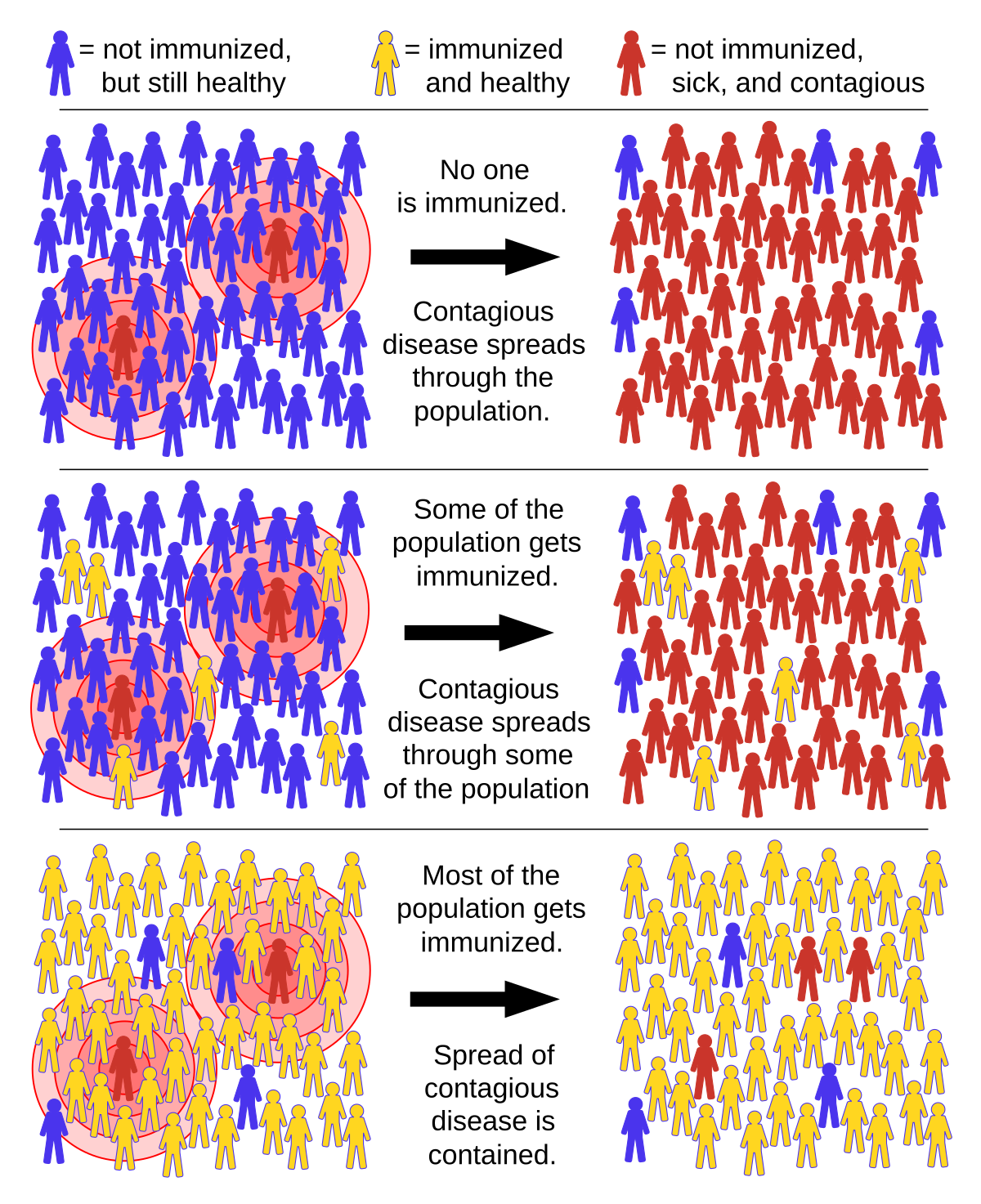recent remarks by jjackson about reinfection and immunity , Oct.2020
================================================== ==================
I would be shocked if the reason the reinfection was not as mild
was due to either higher initial viral load or a different phenotype.
The viral load generated by in host replication will quickly swamp
what ever viral load there was at infection and there is no record
of any other circulating phenotype.
Obviously the first infection did not provide sterilising immunity
but may well have induced an immune response that kicked in hard
and fast second time around. Without further details of what
happened next in this patient's second infection it is difficult
to attribute a mechanism. Did he quickly clear the virus or did he
go on to get seriously ill? If the former then the fast immune
response releasing lots of inflammatory cytokines fits but if
the later I would be looking for residual damage from the first
infection leaving him more vulnerable to infections generally.
---------------------------------------------------------------
I think initial viral load is very important. (That's why COVID parties
are a bad idea even for young people and why even sub-N95 masks can
reduce severe illnesses in certain high-risk circumstances.)
The research about ultimate viral load and outcomes seems to have
more conflicting research right now. I think that is what you are
thinking about.
------------------------------------------------------------
Emily as the article at
https://www.medpagetoday.com/infecti.../covid19/88692
points out this is one competing hypothesis.
It goes on to show a correlation between high viral loads and disease
outcome but this is not high initial viral load but peak viral titers
which will have much more to do with how well the immune system is
handling the infection. In this disease, for most patients, they have
little or no replicating virus when they are most ill, they are dealing
with the immune dis-regulation and damage caused by it.
PCR readings for patients who are infectious are of the order of
1million RNA matches, to the probe, per ml of swab.
I have difficulty seeing how the tiny quantity of initial innoculum
can have any bearing on this unless everybody's immune response is
identical. Fortunately we are all different.
COVID parties are definitely a bad idea, and will lead to more illness,
but I do not think it will make any difference to the illness severity
spectrum which will match the age and comorbidity profile of the partygoers.
If you have seen any data showing otherwise I would be keen to have a
look if you have links.
The use of the term Variolation in this article is misleading as it is
to do with introducing the virus into a part of the body that does not
have many cells the virus can attach to and infect but does allow
immune cells to interact with it and prime the immune system against
reinfection. https://en.wikipedia.org/wiki/Variolation
--------------------------------------------------------
gs
In answer to your droplet vs aerosol question the short answer
is I do not know.
The long answer goes back to your 'complicated fight' which has far more
moving parts to it than my simplified comment. In the evolutionary arms
race between host and pathogen many measures and countermeasures and
counter-countermeasures have been evolved. For example flu has a -ssRNA
genome and negative sense RNA is not produced by the host so there is a
mechanism to detect -RNA in cytoplasm and destroy it.
CoVs have +RNA which there is plenty of in the cell as it is produced
as mRNA in transcription. mRNA is short, compared with vRNA
(nearly 30,000 bases for CoVs), so that host cells have developed two
trans-membrane proteins such that if the RNA is long enough to stretch
between them it turns on a pathway that leads to the translation of a
protein to chop it up. There are lots of other defense mechanisms and
it will also need to produce a protein to let it breach the nuclear
membrane as the vRNA is too big to use the nuclear pores.
From the cells point of view it will immediately start ramping up
interferon production and releasing it (INF is normally retained
in the producing cell) so neighboring cells can detect it and start
shifting transcription to defensive proteins.
The cell also starts making MHC class 2 proteins and inserting them
in the cell wall (normally cells, apart from some immune cells,
do not have class 2) which display peptides that can be detected
by T cells and mark the cell for destruction by CD8 cells.
From all of this if a cell gets a low viral load it may be longer
before it is detected and the cell's response will be dose related
i.e the more copies detected the faster and more aggressive the response.
A rapid response at a point source may be less of a problem to deal
with than lots of dispersed low level warnings any one of which that
got control of the cell could rapidly produced lots of infectious virions.
There are some interesting advances in microfluidics that allow the
placing of one cell in each of many wells which can then all
be infected and there are vast differences in the rate at which
disease progression occurs between the wells.
Normally in a plaque assay you can not observe this as you only see the
net effect.
Edit. On re reading this I note that I did not explain the relevance
of the microfluidics. The cell placed in each well are the same
(Vero cells or similar) and they all get a similar initial viral load.
New virus produced by any of the wells stay in that well and can not
infect others in the well grid.
When looked at under the microscope most of the single cell wells
develop disease but at wildly different rates.
In vivo, if you get the same behaviour, the same amount of virus
infecting lots of separated cells will elicit some that handle the
infection well and some that get immediately overrun.
With our current technology finding out exactly how each of these
battles played out is still out of reach.
------------------------------------------------------
A science journalist has very kindly been providing TWiV with expanded
bullet points, in English, from Christian's Das- Coronavirus podcasts.
The paper being discussed
https://www.medrxiv.org/content/10.1...896v1.full.pdf
looks at the accumulation of relatively broad acting low avidity T-Cell
accumulation with age. The mechanism by which B cells produce
antibodies (and a very similar mechanism in T-cells although they do
not release their antibody equivalent protein but retain it trans-membrane)
is one of the great marvels of evolutionary biology and a fascinating
study in its own right.





Comment